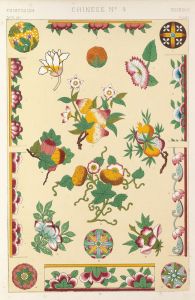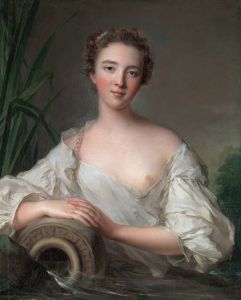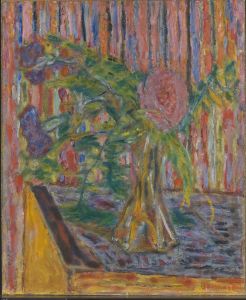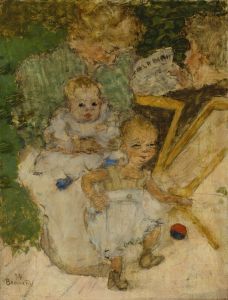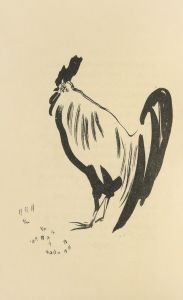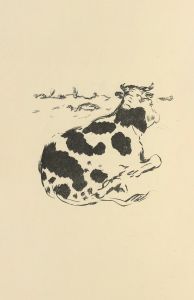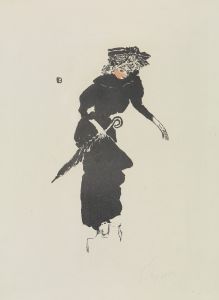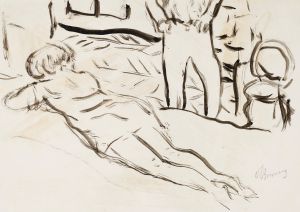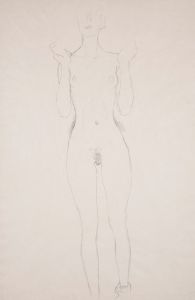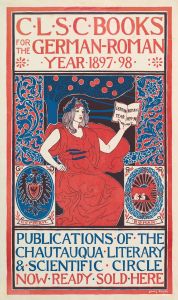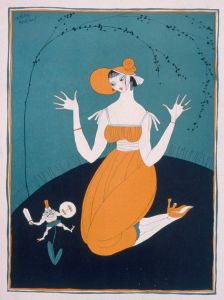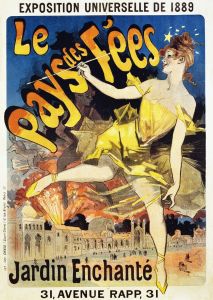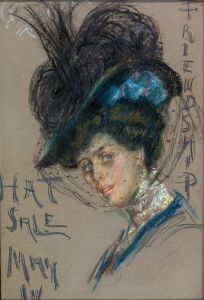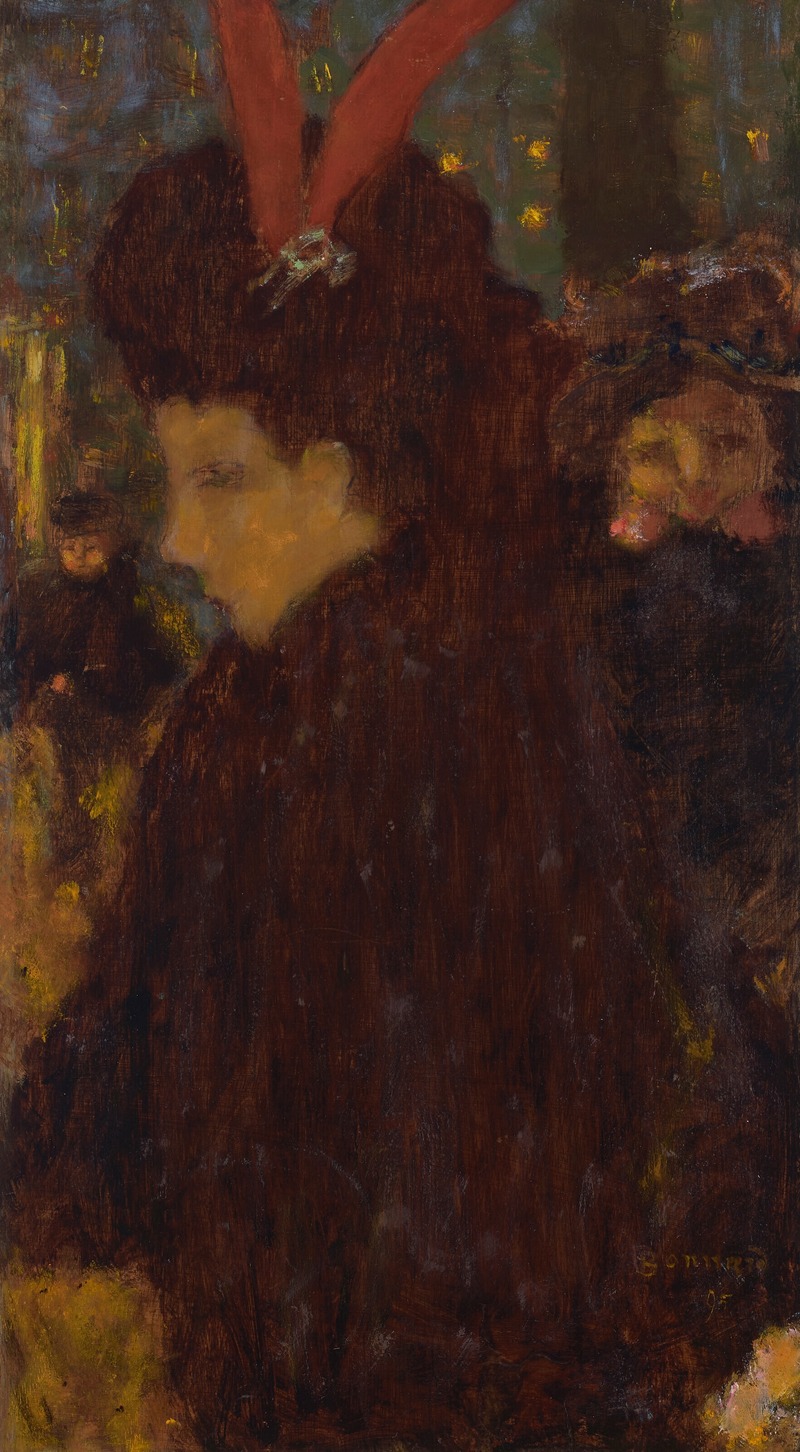
Femme à l’aigrette
A hand-painted replica of Pierre Bonnard’s masterpiece Femme à l’aigrette, meticulously crafted by professional artists to capture the true essence of the original. Each piece is created with museum-quality canvas and rare mineral pigments, carefully painted by experienced artists with delicate brushstrokes and rich, layered colors to perfectly recreate the texture of the original artwork. Unlike machine-printed reproductions, this hand-painted version brings the painting to life, infused with the artist’s emotions and skill in every stroke. Whether for personal collection or home decoration, it instantly elevates the artistic atmosphere of any space.
Pierre Bonnard's Femme à l’aigrette (translated as Woman with the Egret) is a painting by the French Post-Impressionist artist Pierre Bonnard. Created in 1910, the work exemplifies Bonnard's characteristic use of color, light, and intimate domestic scenes. Known for his ability to capture fleeting moments and the subtleties of everyday life, Bonnard often painted his close surroundings, including family members and friends, as well as interiors and landscapes.
The painting depicts a woman adorned with an aigrette, a decorative plume often made of feathers, which was a fashionable accessory in the late 19th and early 20th centuries. The subject is seated in a contemplative pose, and the composition reflects Bonnard's interest in the interplay of light and shadow. His use of soft, warm tones and delicate brushwork creates a sense of intimacy and tranquility, hallmarks of his artistic style.
Bonnard was a founding member of the Nabis, a group of avant-garde artists active in the late 19th century who sought to break away from traditional academic painting. While his early works were influenced by the flat, decorative qualities of Japanese prints and the Symbolist movement, Bonnard's later style, as seen in Femme à l’aigrette, became more focused on the exploration of color and light. His paintings often blur the boundaries between realism and abstraction, inviting viewers to immerse themselves in the sensory experience of his art.
The painting is part of Bonnard's broader body of work that frequently featured women as subjects, often in quiet, introspective moments. These portrayals were not only a reflection of his personal relationships but also an exploration of the emotional and psychological depth of his subjects. Bonnard's partner and muse, Marthe de Méligny, appeared in many of his works, though it is not definitively known whether she is the subject of Femme à l’aigrette.
Today, Femme à l’aigrette is recognized as an example of Bonnard's mature style, which bridges the gap between Impressionism and modernism. The painting is held in the collection of the Musée d'Orsay in Paris, a museum renowned for its extensive holdings of 19th- and early 20th-century art. The work continues to be celebrated for its subtle beauty and the artist's masterful handling of color and composition.





